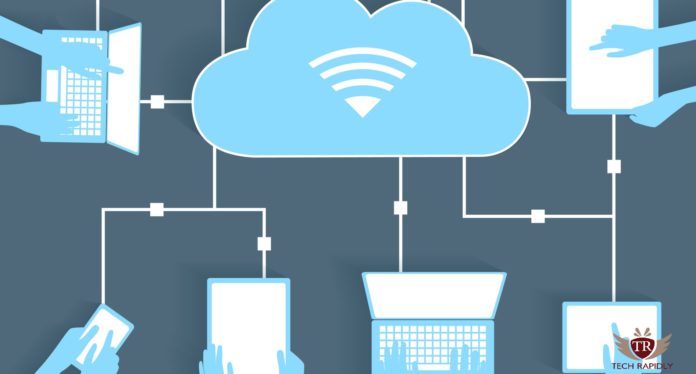In this current age, pretty much every business is making use of public cloud services somehow. Various critical business applications are conducted with popular platforms such as Microsoft Office 365 and Google G-Suite.
After all, there are many advantages gained from being on the cloud. Increased productivity, greater accuracy, time saved with automation – this is just a small selection of the benefits available. Another positive point is the added security cloud computing can provide.
The keyword in that previous sentence is ‘can’. This is because while major providers like Microsoft, Google, and Amazon deliver secure cloud environments, it’s a different story once your precious business data exits the cloud and interacts with different systems.
To ensure your data remains secure and out of the hands of cybercriminals, the following guide will describe ways to improve your company’s cloud security.
Educate your employees
Your employees are essentially your company’s first line of defense against hackers and malicious activity. If they have the skills and knowledge, it’s unlikely they will leave an opening for cybercriminals to gain access to your data. However, if they’re sloppy and take security for granted, they could present that data as a present for hackers.
Due to this, it’s imperative your employees receive a full education into security and your cloud platform in general. If you work with Azure, for instance, you will want to teach your employees about the foundation of Microsoft’s cloud platform. Not only do they gain an understanding of the main Azure functions and safety protocols, but they could also be in line to earn an AZ-900 certification.
The use of strong authentication tools
Forget about the days of users simply relying on a username and password combination to gain access to your company’s systems. This type of authentication can be exploited relatively easily by hackers. As a result, you should secure your cloud applications by incorporating effective authentication tools.
Two-factor authentication can do the trick. By getting employees to pass an additional authentication check alongside their username/password entry, you are gaining an extra layer of protection – the type that reassures you that all login attempts are safe.
Monitor user activity
Okay, imagine that a hacker does manage to gain a user’s login credentials. What can you do to identify this breach and stomp it out before too much damage is caused? One word: monitoring.
By utilizing real-time monitoring continuously, you will be able to see if a user’s activity pattern differs wildly. If it does, this is a clear suggestion their account has been compromised. This then needs to be rectified as soon as possible before it turns into a serious problem.
The good news is you don’t have to do this manually. There are various automated security solutions available which supply monitoring on a 24/7 basis.
Stay up-to-date
Cybercriminals are always looking for new ways to gain access to data. As a result, it is essential you stay one step ahead and always incorporate the latest security tools that are available. You should also take the time to provide regular refresher courses for employees, so they know what security threats to look out for when doing their work.





